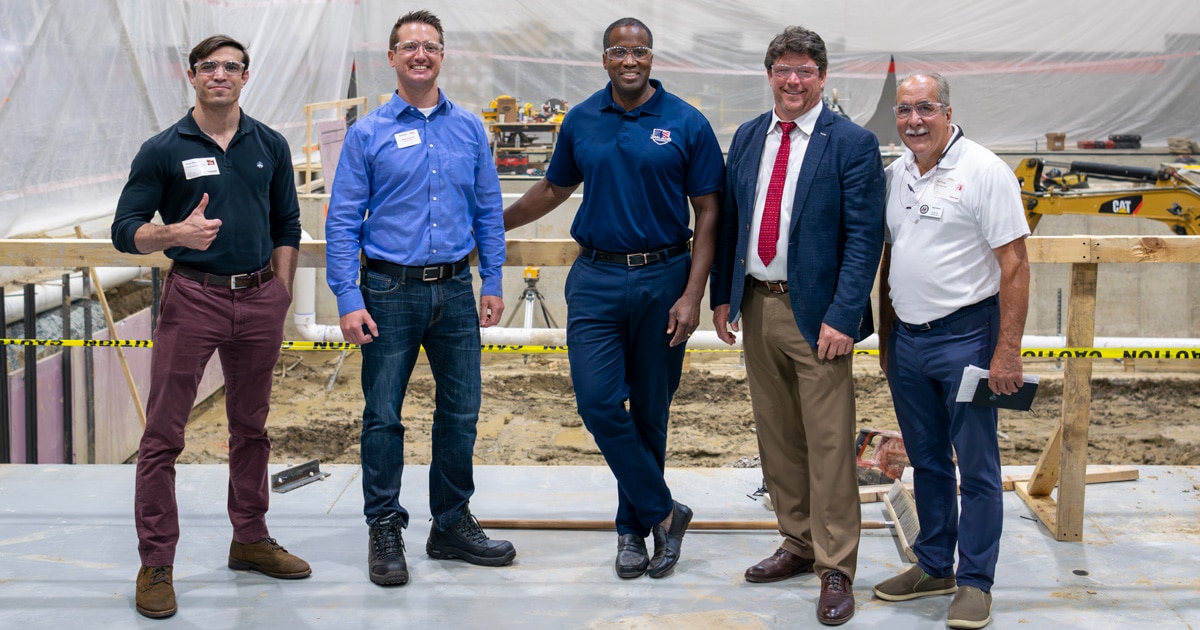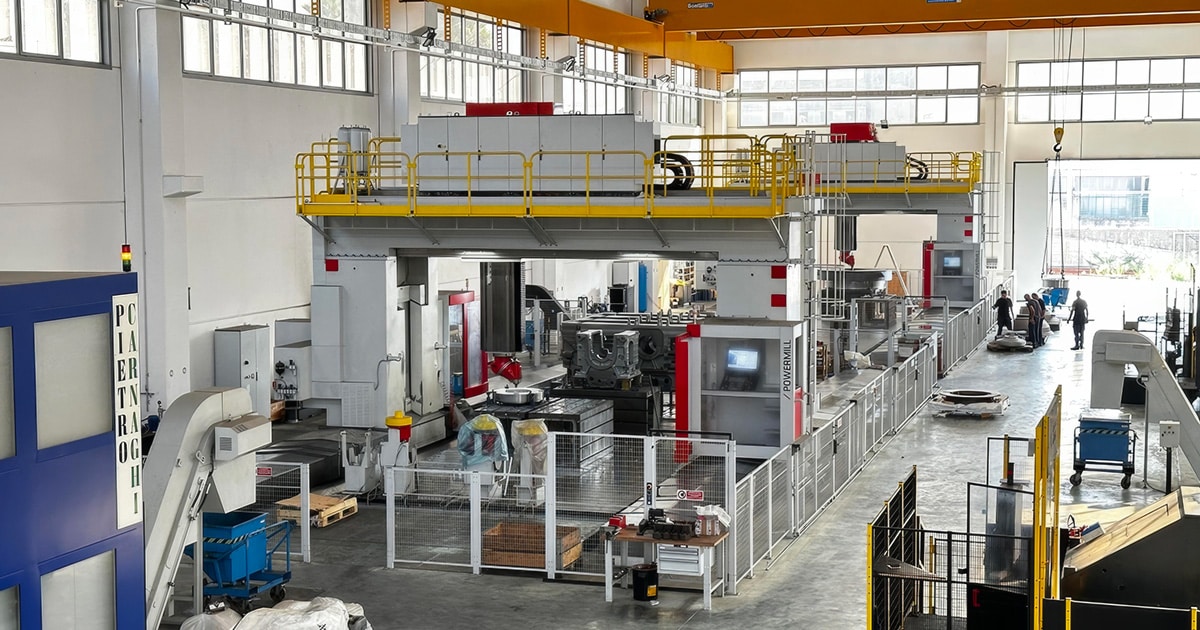CLEVELAND, OH, April 17, 2020 – All industrial equipment manufacturers face challenges that can negatively impact production pipelines leading to production delays, downtime, and increased costs. These challenges include:
- Malfunctioning or failing parts that are challenging to replace or difficult to repair.
- Long lead times for castings and forgings of new parts, tooling, or prototypes.
- High cost of materials and shipping for heavy equipment and parts.
- Product testing and industry regulations that cause delays and/or require redesigns or re-manufacturing of parts.
The white paper, Addressing Production Challenges and Go-to-Market Limitations with Established Additive Manufacturing Service Providers, examines how wire arc additive manufacturing can help large-format metal part manufacturers eliminate production bottlenecks, shorten delivery times and reduce prototype design and test cycles. The process is ideal for parts larger than a basketball and can be readily scaled to several meters. Specific advantages include:
- Reduction in lead times from months to weeks.
- Greater design freedom and part consolidation.
- Faster prototype testing.
- Lighter-weight parts and less waste.
Manufacturers often have to compromise on speed, size, and even quality. Wire-based metal additive technology eliminates those trade-offs and delivers advantages over traditional manufacturing processes.
“Manufacturers are under constant pressure to deliver faster, whether prototype, production, or replacement parts, and recent events highlight the fragility of supply chains. Due to our advancements in additive technology, they now have an option for securing large metal parts from a trusted source in Lincoln Electric, reducing supply chain risk and lead times,” said D. Mark Douglass, Business Development Manager for Lincoln Electric Additive Solutions.
For more information about Lincoln Electric’s additive manufacturing solutions, visit https://additive.lincolnelectric.com/
About Lincoln Electric
Lincoln Electric is the world leader in the design, development and manufacture of arc welding products, automated joining, assembly and cutting systems, plasma and oxy-fuel cutting equipment and has a leading global position in brazing and soldering alloys. Headquartered in Cleveland, Ohio, Lincoln has 59 manufacturing locations in 18 countries and a worldwide network of distributors and sales offices covering more than 160 countries. For more information about Lincoln Electric and its products and services, visit the Company’s website at www.lincolnelectric.com


